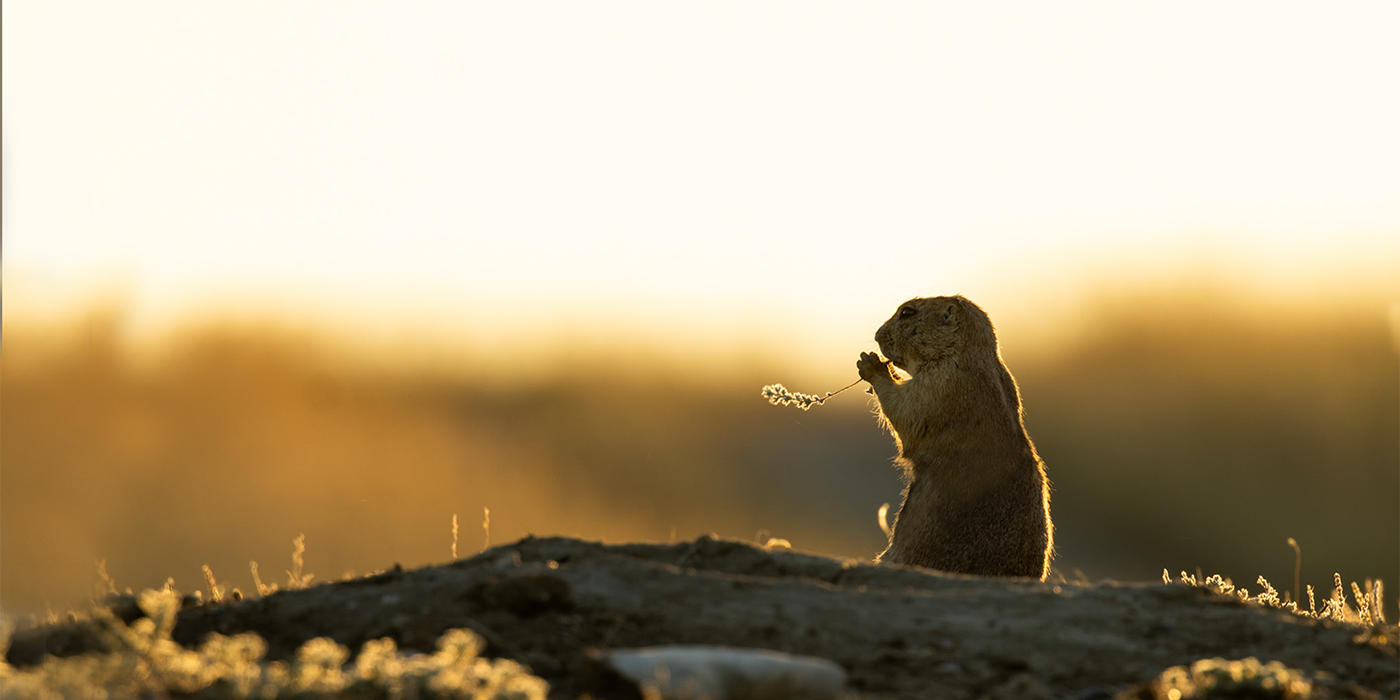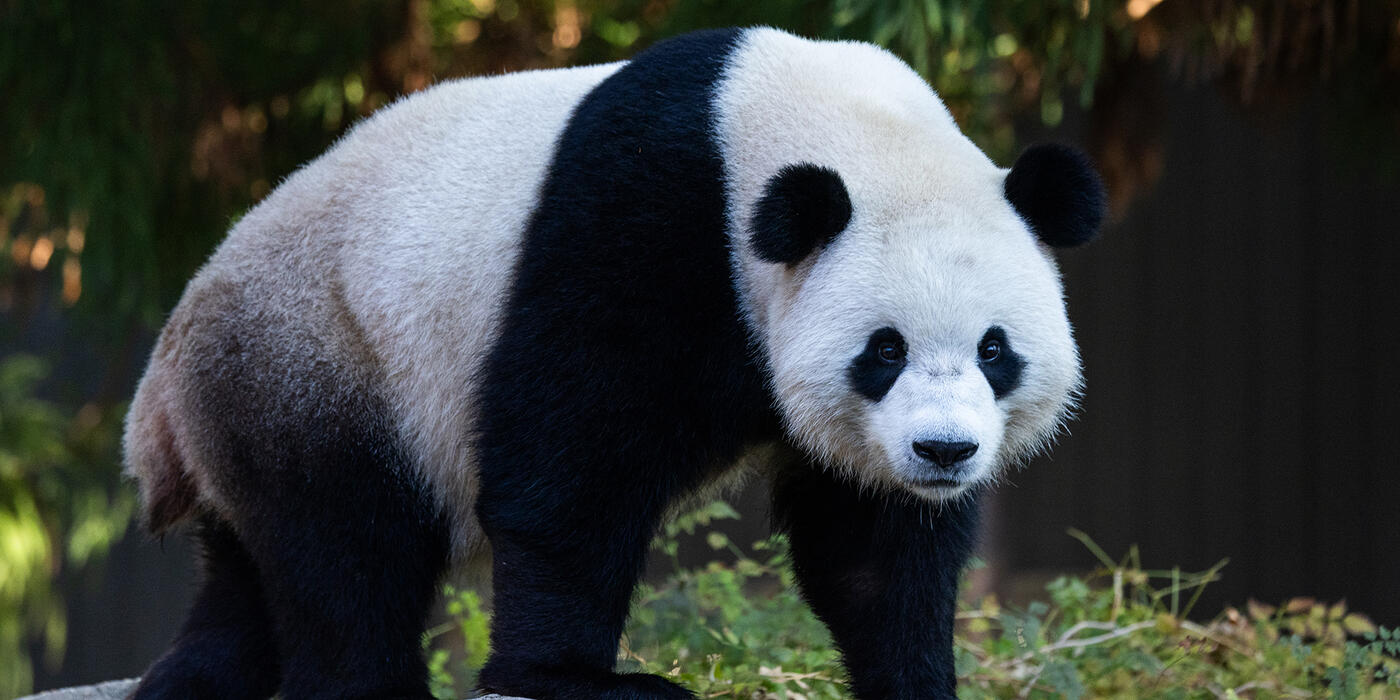Andean Bear Update: A New Hope
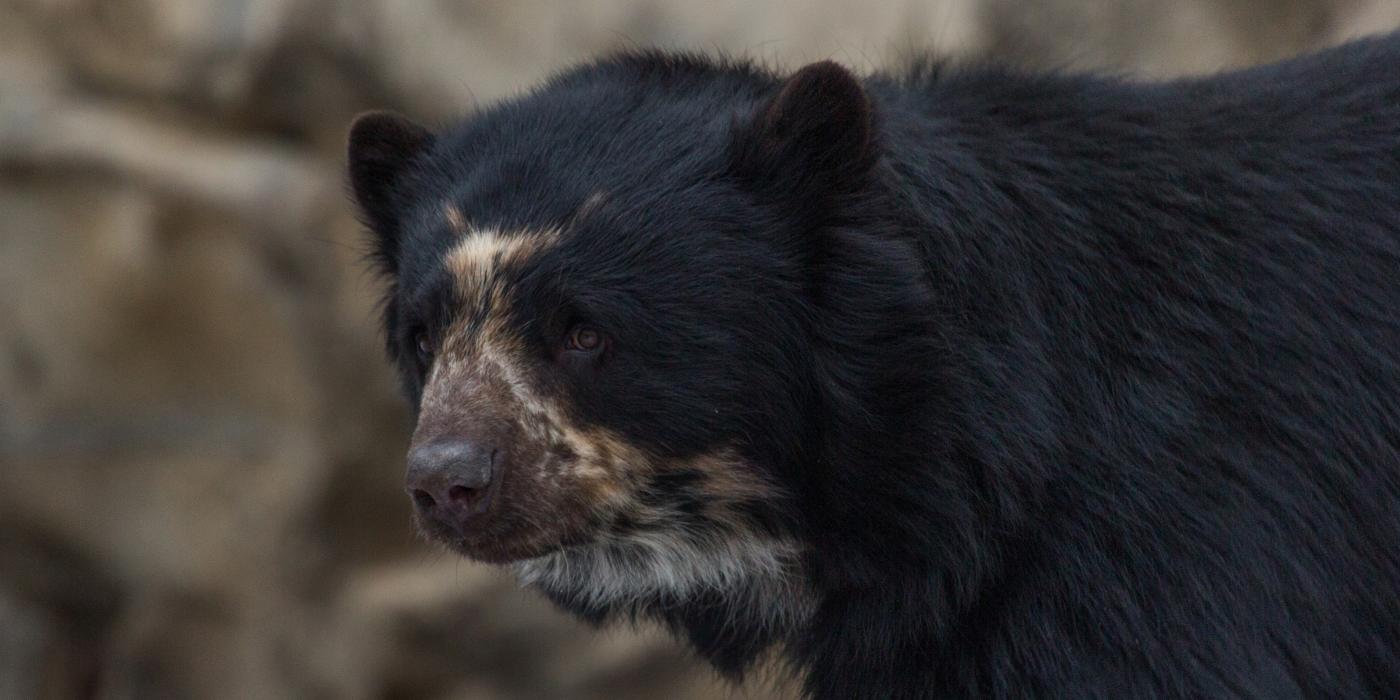
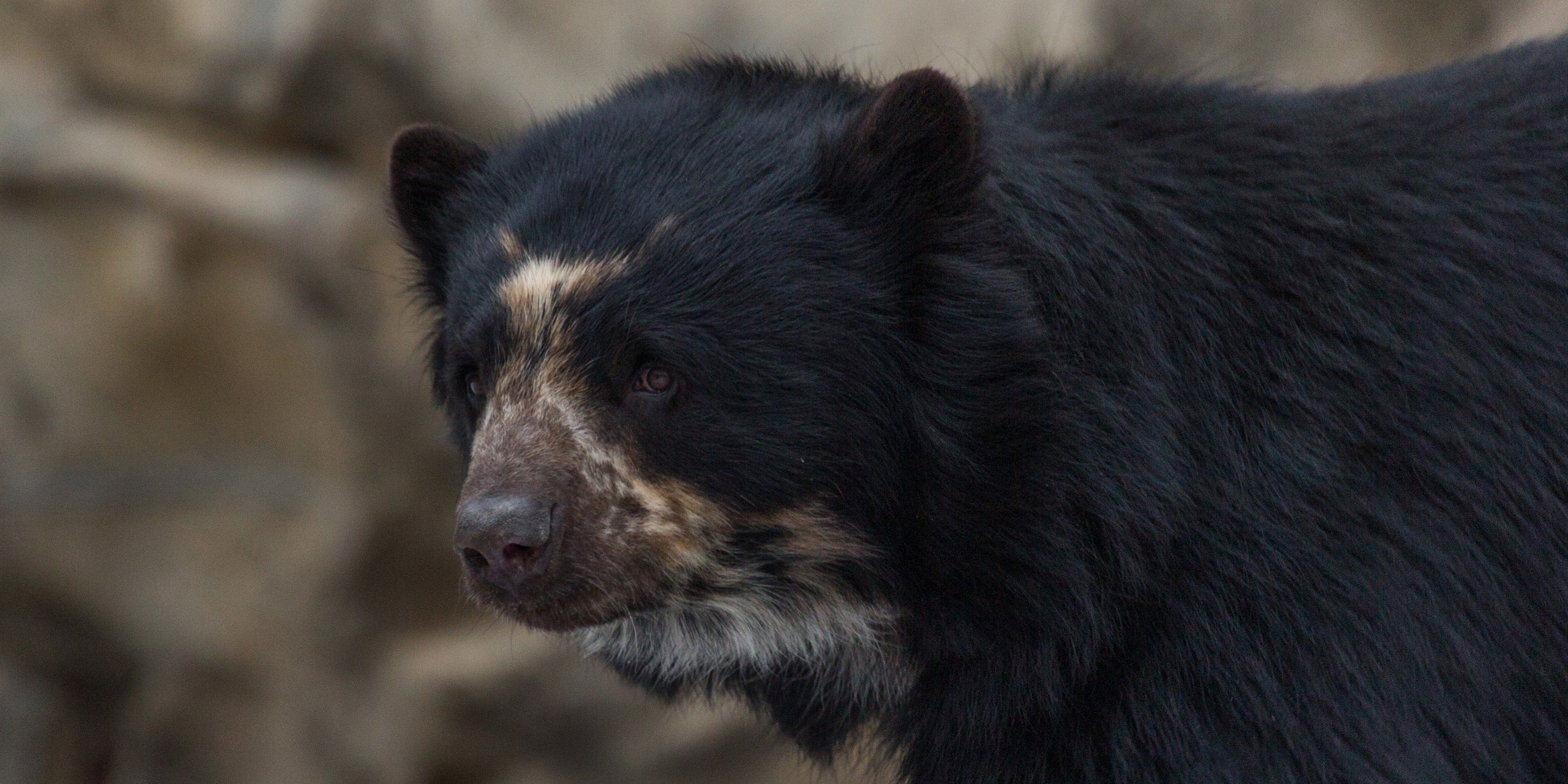
The Smithsonian’s National Zoo has a good history of breeding Andean bears. Like most species here at the Zoo, Andean bears are part of the Association of Zoos and Aquariums’ Species Survival Plan (SSP). The SSP scientists determine which animals to breed by considering their genetic makeup, nutritional and social needs, temperament and overall health. This includes 14-year-old female Billie Jean and 6-year-old male Quito, who received a recommendation to breed several years ago that still stands today.
In my last update in October 2019, I shared that Billie Jean and Quito had bred in the spring, and we were waiting to confirm whether or not she had become pregnant. Before I get into what happened this year, however, I want to elaborate on why a Billie Jean pregnancy — whether ultimately successful or not — would be a very big deal.
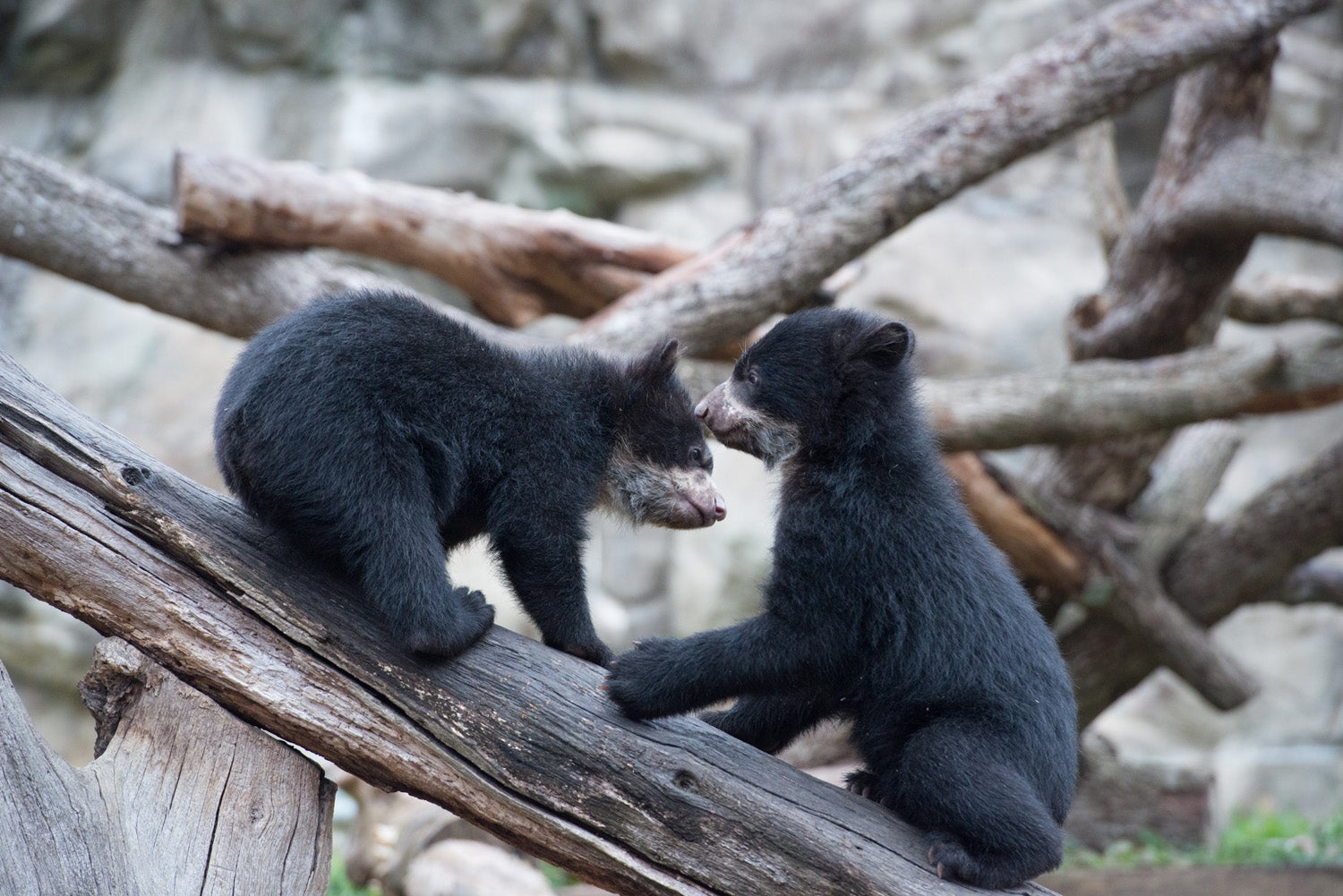
A long, long time ago …
Several years ago, when Billie Jean was weaning her last set of cubs (Mayni and Muniri), we noticed that she was urinating in her hay. Knowing her habits, this behavior was out of the ordinary. A culture of her urine revealed that she had a urinary tract infection. Within a few days, she also developed mastitis. Those two things combined meant a visit to the Zoo’s Veterinary Hospital to clear up the mastitis and check if the antibiotics she was receiving were treating her infection.
During Billie Jean’s exam, our veterinary team noticed something unusual on the ultrasound. It appeared to be the beginning of pyometra — an infection in the uterus. Left untreated, this disease could be fatal. For most animals, treatment involves spaying them. After discussing all of our options, we collectively decided that it would be best for us to go that route.
On the day of Billie Jean’s surgery, our veterinarians did one final ultrasound to see how her uterus looked. To everyone’s surprise, the suspected pyometra they had seen before was no longer present! Given this happy turn of events, we kept Billie Jean intact and returned her to her habitat.
However, Billie Jean remembered the ordeal, and from then on was less than trusting of our vet team. During training sessions with keepers, she would voluntarily participate in ultrasounds without any issues. But, whenever a vet came in the building, she would run away.
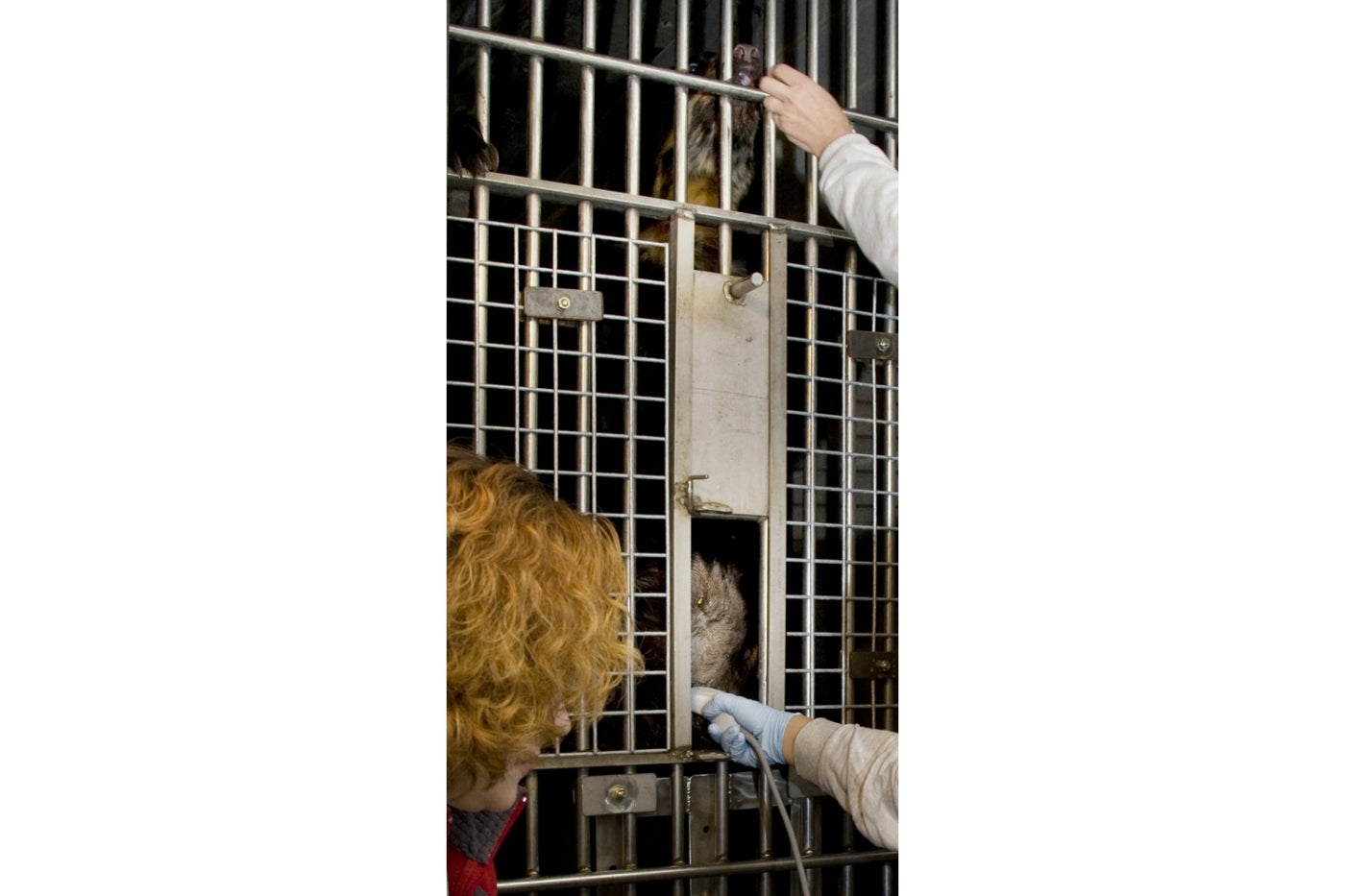
To ultrasound Billie Jean, we ask her to climb upon a semi-circle-shaped bench that is attached to her enclosure door. While she is holding onto the door, the keeper lifts a small flap revealing a cutout in the door, which is positioned at the same level as Billie Jean’s uterus. This allows the veterinarian to stick in the ultrasound wand and scan her. As Billie Jean participates, she is rewarded with her favorite treat — mixed nuts — as a reward for sitting still.
Luckily, our vet team was committed to regaining Billie Jean’s trust. Dr. Jessica Siegal-Willott took on the task of befriending our bear. Each week, Dr. Siegal-Willott would visit Billie Jean at the start of her day so that she did not smell like the hospital. She even kept a scrub top in the Andean bear building so that it would smell familiar to her. After several weeks, Dr. Siegal-Willott was able to earn enough of Billie Jean’s trust to conduct an ultrasound on her. Since then, Billie Jean has been a rock star and routinely cooperates for ultrasounds.
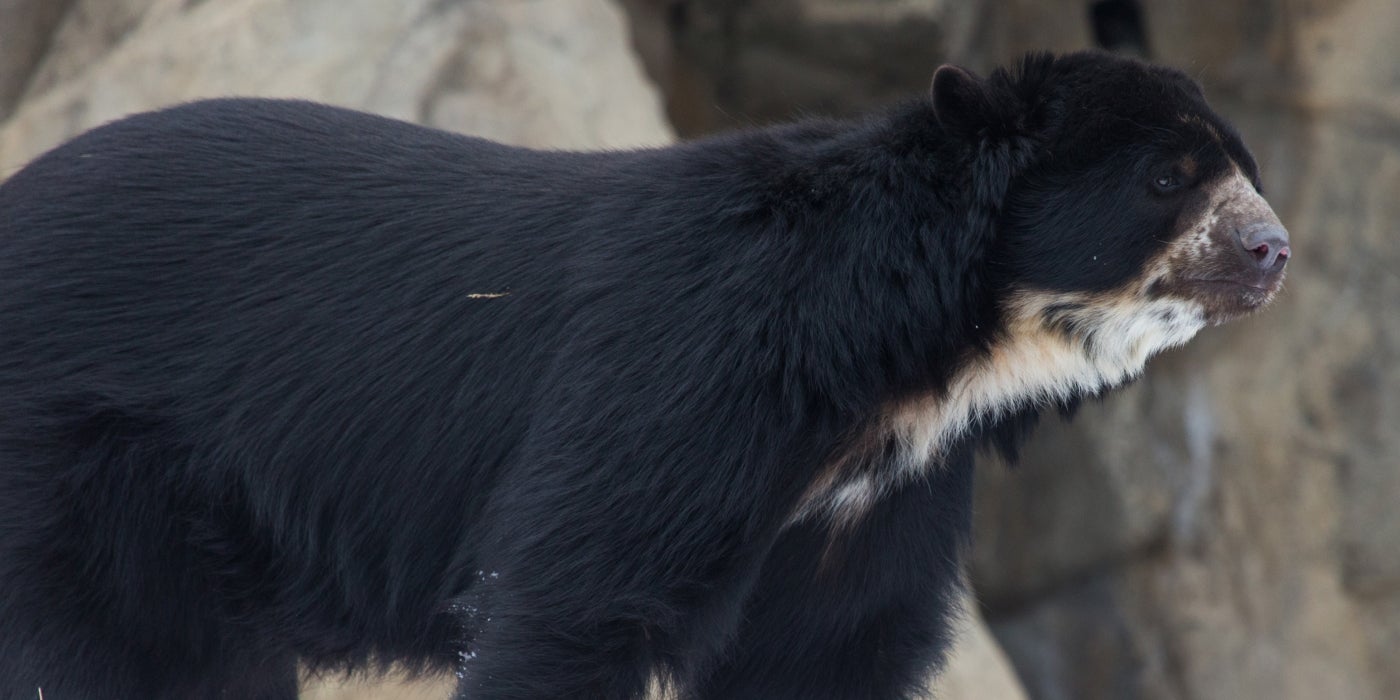
In the not-so-distant past …
We hoped that Billie might become pregnant when she never came back into estrus this past summer. She bred with Quito in late April, but had not showed interest in him throughout summer and early autumn. By late August, her appetite seemed to drop off and she started to pull hay into her cubbing den — an exciting indication that she might be pregnant!
During the summer, we only conducted ultrasounds about once a month to keep the behavior up and make sure that Billie Jean stayed comfortable with the vets and the procedure. Starting in late September, we started to conduct weekly ultrasounds in anticipation of capturing images of any fetal development as early as possible.
In the beginning of October, we saw what we were fairly certain was a fetus and a possible second. A week later, we clearly saw two fetuses, confirming unequivocally that Billie Jean was pregnant!
Then, in mid-November, the fetuses were abruptly gone, and we have seen no evidence of them since.
Although we are sad that the cubs did not come to fruition, the phenomenon of “resorption” is fairly common in female bears. In a nutshell, a resorbed fetus is one that has broken down, and the cells have assimilated back into the mother’s body. We don’t know what causes this to occur. It could be any number of factors, from stress or illness in the mother, to defects in the fetus, to any number of other possibilities. We never saw any indication that Billie Jean experienced any acute stressors, so we probably will never know exactly what caused the pregnancy to terminate.
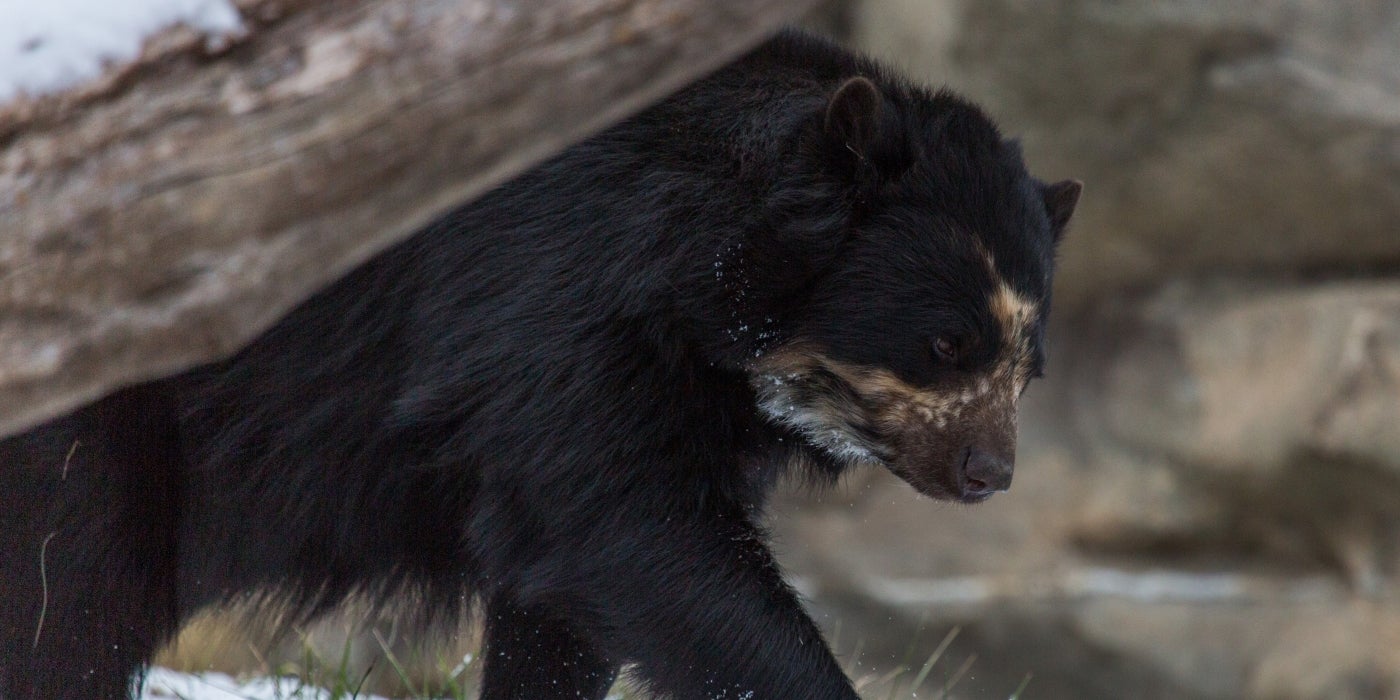
A new hope
The good news is that the knowledge that she was truly pregnant is immensely important in furthering our understanding of these bears. After Billie Jean’s pyometra scare, we weren’t sure if her uterus was damaged or if she was still fertile. Confirming her pregnancy via ultrasound was a big success, not only because we were able to rebuild her trust, but also because we were able to confirm that she is still fertile.
With the generous support of a donor, we are continuing our research to define a change in hormones that will allow us to say for sure that pregnancy had occurred. We have been collecting fecal samples almost every day from Billie Jean since 2015 and sending them to Dr. Natalia Prado-Oviedo at the Smithsonian Conservation Biology Institute’s endocrine lab for hormone analysis. Together, we are working toward creating the most complete endocrine profile possible, thus allowing us to accurately confirm pregnancy.
In order to create that profile, we have amassed a great deal of data. In 2017, Billie Jean did not breed with a mate and, therefore, had no chance of becoming pregnant. So, that year serves as our hormonal “baseline.”
In 2018, Billie Jean had quite an extensive breeding season with our current young male, Quito. That year, we never saw fetal development on the ultrasound and she never gave birth, so we consider Billie Jean to have experienced a pseudopregnancy. That is, her body and behavior went through the same motions as if she were pregnant, even though she never conceived a cub.
In 2019, Billie Jean bred with Quito once again. This time, thanks to ultrasound images, we know that she conceived two cubs. Even though the fetuses appear to have been reabsorbed, we are hoping to see hormonal changes that we can compare to her 2017 and 2018 profiles.
We are in the unique position of having more than four years of comprehensive behavior data, hormone analysis and ultrasound images from periods that we know to be “no pregnancy,” “pseudopregnancy” and “true pregnancy.” With this data, we have a phenomenal opportunity to answer some long-standing questions regarding pregnancy detection in this species.
Thankfully, we are not alone in this effort. We are fortunate to have three zoos that are also accredited by the Association of Zoos and Aquariums collecting fecal samples from their female Andean bears and sending them to us for inclusion in this project.
Even though Billie Jean did not give birth in 2019, we now have a renewed sense of hope in the possibility that she could become pregnant in the future. She and Quito continue to have a breeding recommendation, so hopefully the data we learn from our research will enable us and other facilities to better understand what circumstances are needed to result in successful conception, implantation and birth.
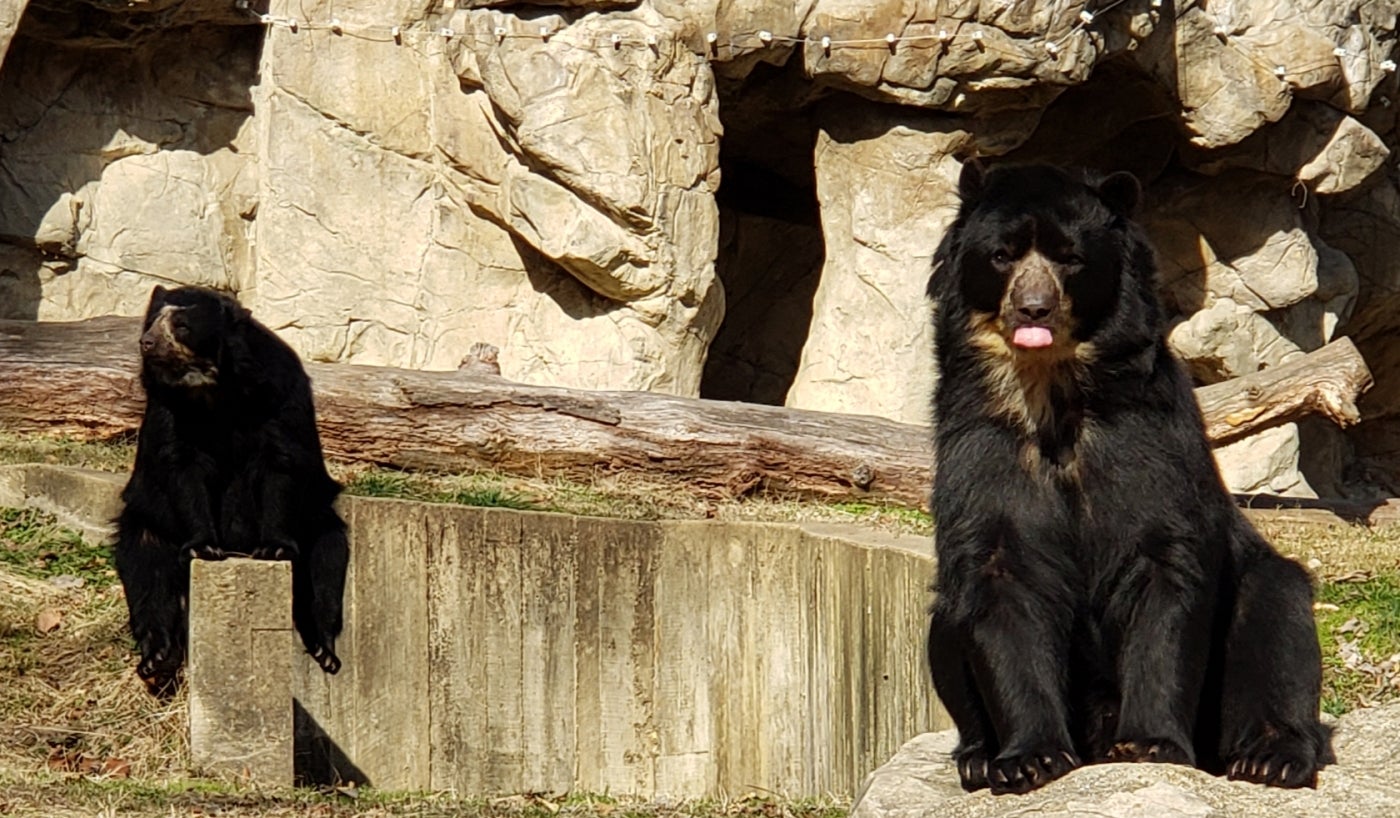
Back to the future
As November 2019 drew to a close, Billie Jean’s behavior changed, and once again she began to show signs that she was ready to breed with Quito. When we asked her to step into the scale stall where Quito had just been weighed, she lost all interest in participating — even spitting out a favorite treat — in favor of sitting by the door that leads to his enclosures.
This was a big flag for us that she would be receptive to “howdy” introductions, where the bears can see, smell and interact with each other through a mesh barrier before sharing a physical space. When Billie Jean is not in estrus, she will typically walk away from Quito or charge at him, smacking her paw against the mesh. This time, however, she calmly walked over to him, sat down and began licking his face. When Quito would call to her in a high-pitched trill, she responded with a low moan, indicating that she was receptive to him.
With all of these behavioral cues, we decided to put them together, and they bred for a week and a half before Billie Jean decided she was no longer interested. We are keeping our fingers crossed for a cub or two in the near future!
This story appears in the January 2020 issue of National Zoo News. Want to keep up with what’s happening with Billie Jean and Quito? Come to keeper talks at the Andean bear habitat at 11 a.m. and 2 p.m. daily.
Related Species:

